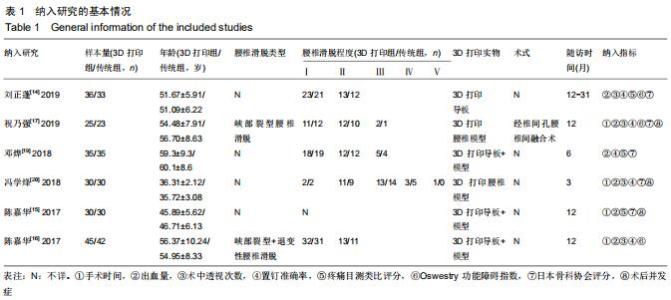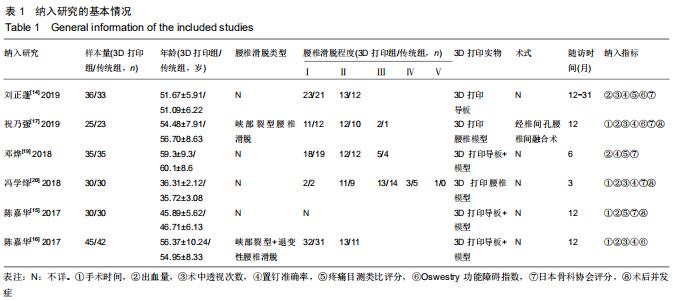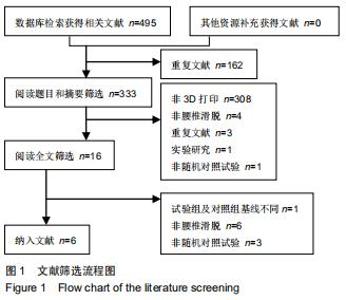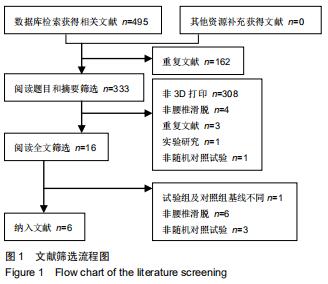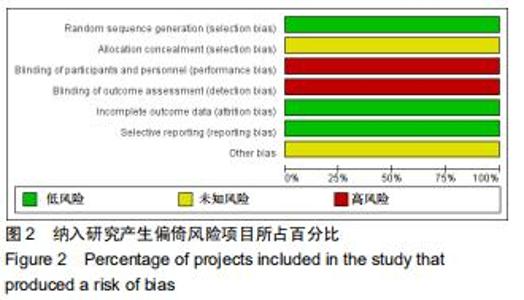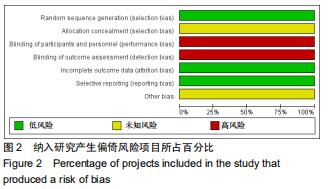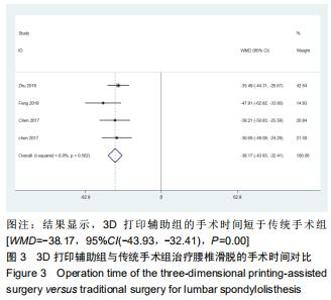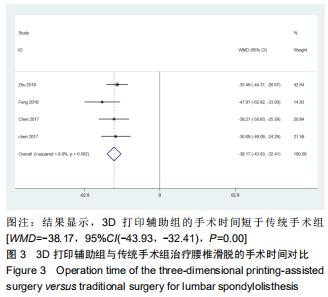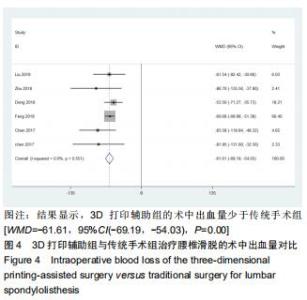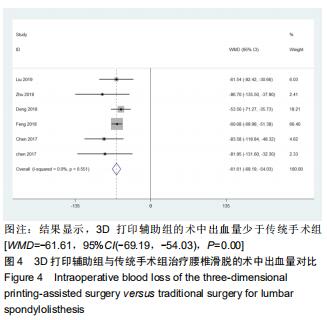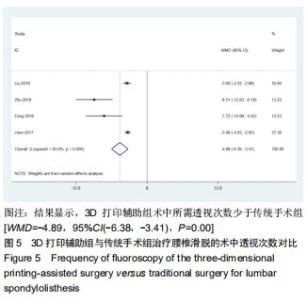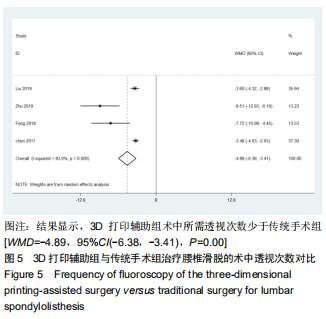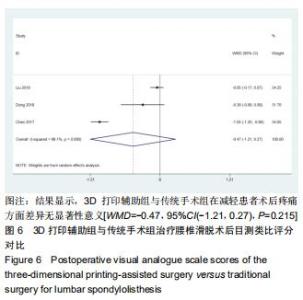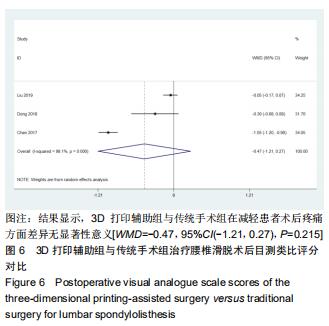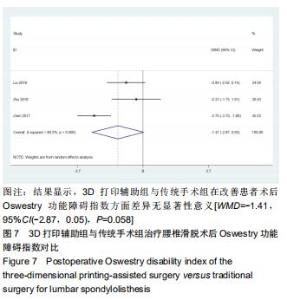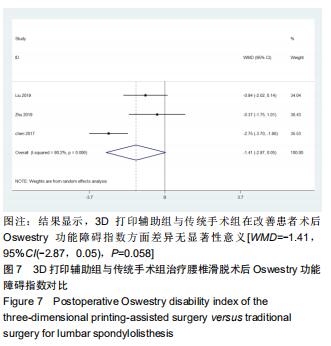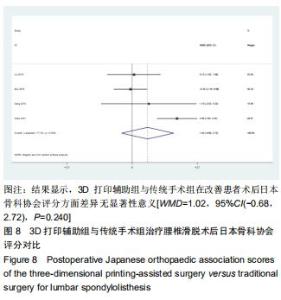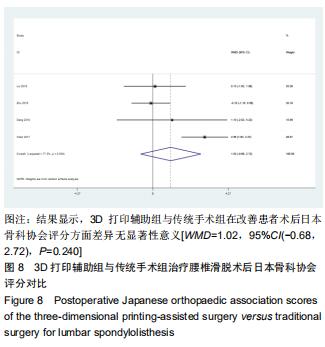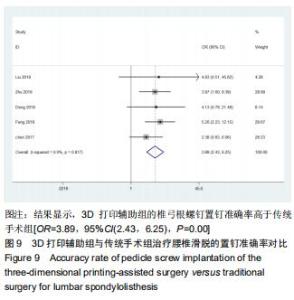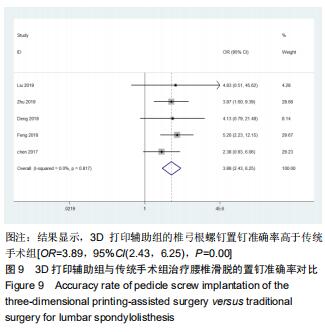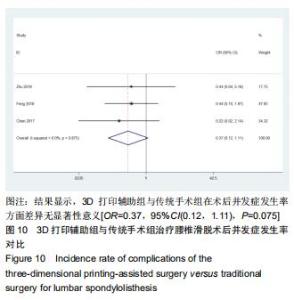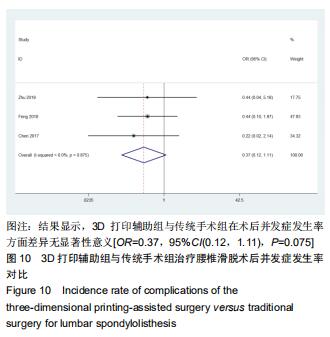|
[1] 周虹羽,徐双,王高举,等.经Wiltse入路椎间植骨融合内固定治疗峡部裂型腰椎滑脱症的手术技巧[J].中国骨与关节损伤杂志, 2018,33(3):248-251.
[2] 王伟,兰魁勇,范润东,等.腰椎滑脱症的外科治疗进展[J].中西医结合心血管病电子杂志,2018,6(23):20-21.
[3] 陈斌彬,毛克亚,韩振川,等. 微创经椎间孔入路腰椎椎间融合术治疗腰椎滑脱症的中短期随访[J].脊柱外科杂志,2019,17(5): 297-302.
[4] KANNO H, OZAWA H, KOIZUMI Y, et al. Changes in lumbar spondylolisthesis on axial-loaded MRI: do they reproduce the positional changes in the degree of olisthesis observed on X-ray images in the standing position? Spine J. 2015;15(6): 1255-1262.
[5] HITESH L, LALIT K, RAMESH K, et al. Inserting pedicle screws in lumbar spondylolisthesis - The easy bone conserving way. J Clin Orthop Trauma. 2017;8(2):156-164.
[6] 邓必权,胡华,滕宇,等.椎弓根螺钉复位内固定后单纯植骨融合与椎间融合器融合治疗腰椎滑脱症的疗效比较[J].中国老年学杂志, 2015,7(29):13-15.
[7] HUANG KT, ADOGWA O, BABU R, et al. Radiological evidence of spontaneous spinal arthrodesis in patients with lower lumbar spondylolisthesis. Spine (Phila Pa 1976). 2014; 39(8):656-663.
[8] GUO F, DAI J, ZHANG J, et al. Individualized 3D printing navigation template for pedicle screw fixation in upper cervical spine. PLoS One. 2017;12(2):e171509.
[9] TAKU S, NAOKI H, SHUICHI K, et al. Multistep pedicle screw insertion procedure with patient-specific lamina fit-and-lock templates for the thoracic spine: clinical article. J Neurosurg Spine. 2013;19(2):185-190.
[10] SHUICHI K, TAKU S, MASATOSHI S. Safe and accurate midcervical pedicle screw insertion procedure with the patient-specific screw guide template system. Spine. 2015: 40(6):E341-348.
[11] 覃涛,杨德鸿,王吉兴.参数化微型导航模板在辅助寰椎个性化椎弓根置钉的研究[J].中国矫形外科杂志,2015,23(21):1989-1993.
[12] XU N, WEI F, LIU X, et al. Reconstruction of the upper cervical spine using a personalized 3D-printed vertebral body in an adolescent with ewing sarcoma. Spine. 2016;41(1): E50-54.
[13] YANG M, LI C, LI Y, et al. Application of 3D rapid prototyping technology in posterior corrective surgery for Lenke 1 adolescent idiopathic scoliosis patients. Medicine (Baltimore). 2015;94(8):e582.
[14] 刘正蓬,王雅辉,褚立,等.3D打印辅助椎弓钉置入融合术治疗腰椎滑脱[J].中国矫形外科杂志,2019,27(16):1482-1486.
[15] 陈嘉华,邓烨,蔡智,等.3D打印导航椎弓根螺钉置入术治疗腰椎滑脱症[J].实用骨科杂志,2017,23(12):1062-1065.
[16] 陈嘉华,邓烨,罗立镇,等.3D打印技术在腰椎滑脱手术中的应用价值[J].临床骨科杂志,2017,20(1):5-8.
[17] 祝乃强,侯静怡,马桂云,等.3D打印技术在峡部裂型腰椎滑脱症手术中的应用[J].海南医学院学报,2019,21(25):1655-1660.
[18] HIGGINS JP, THOMPSON SG. Quantifying heterogeneity in a meta-analysis. Stat Med. 2002;21(11):1539-1558.
[19] 邓烨,陈嘉华,罗立镇,等.3D打印及导航导板技术在腰椎滑脱手术中的应用价值[J].海南医学,2018,29(7):939-942.
[20] 冯学烽,邹伟民,庞祖才,等.3D打印技术在腰椎滑脱症椎弓根螺钉置入术中的应用[J].临床骨科杂志,2018,21(1):17-19.
[21] 王开明,杨德顺,廖亮.腰椎滑脱症的治疗进展[J].淮海医药,2017, 35(6):759-761.
[22] 李鹏飞,丁任,石晓兵,等.3D打印技术辅助下腰椎滑脱椎体椎弓根螺钉置入的系统评价[J].世界最新医学信息文摘,2017,17(76): 9-11.
[23] 刘泽民,马远征,李大伟,等. 椎弓根内固定联合椎体间植骨融合术治疗退行性腰椎滑脱症的临床探讨[J].现代生物医学进展, 2015,15(13):2469-2472.
[24] HARROUD A, LABELLE H, JONCAS J, et al. Global sagittal alignment and health-related quality of life in lumbosacral spondylolisthesis. Eur Spine J. 2013;22(4):849-856.
[25] 林悦丰. 3D打印个体化导航模块与计算机导航系统在辅助腰椎椎弓根螺钉置入效果比较[D].大连:大连医科大学, 2017.
[26] 李宝杰,段丽萍,李晓光.3D打印技术在脊柱外科中的应用现状[J].中国矫形外科杂志,2017,25(15):1405-1408.
[27] MULFORD JS, BABAZADEH S, MACKAY N. Three-dimensional printing in orthopaedic surgery: review of current and future applications. ANZ J Surg.2016;86(9): 648-653.
[28] 徐震超,陈刚.3D打印技术在脊柱外科的应用进展[J].临床与病理杂志,2018,38(11):2513-2517.
[29] MERC M, DRSTVENSEK I, VOGRIN M, et al. A multi-level rapid prototyping drill guide template reduces the perforation risk of pedicle screw placement in the lumbar and sacral spine. Arch Orthop Trauma Surg. 2013;133(7):893-899.
[30] SHAO ZX, WANG JS, LIN ZK, et al. Improving the trajectory of transpedicular transdiscal lumbar screw fixation with a computer-assisted 3D-printed custom drill guide. Peer J. 2017;5:e3564.
|
